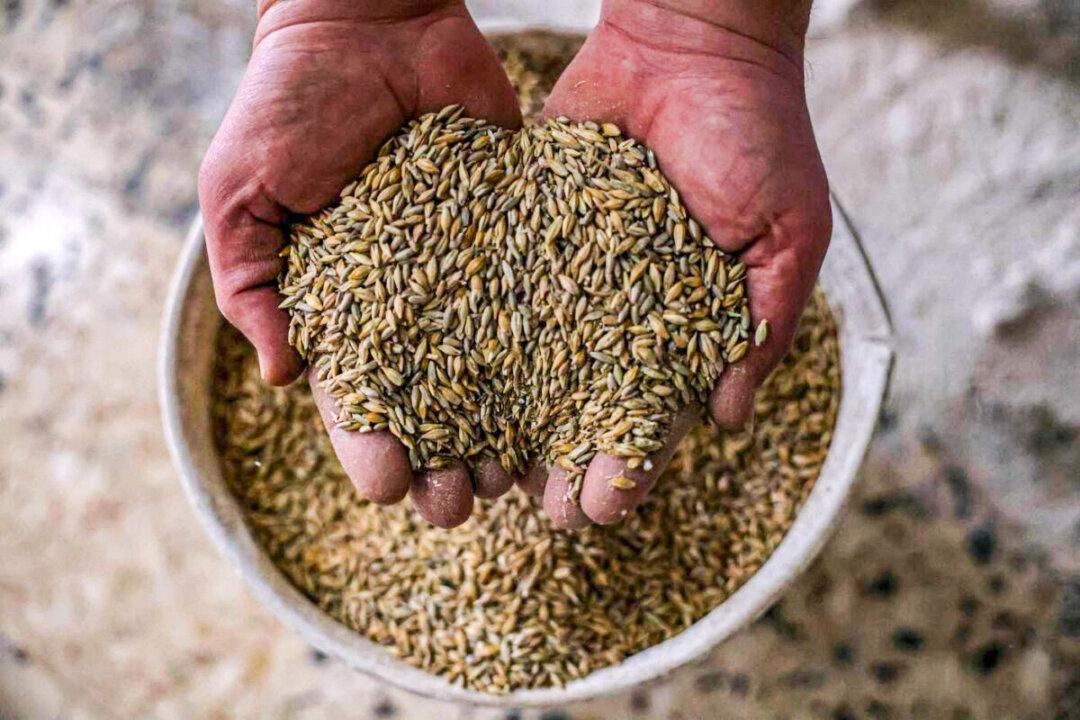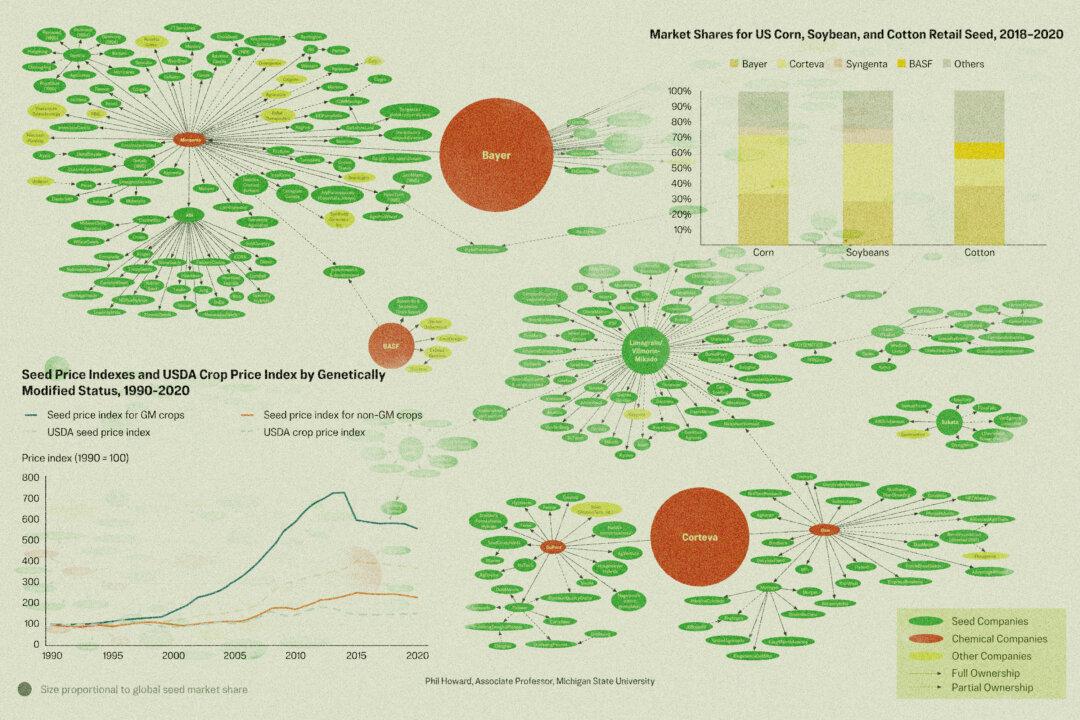After more than two years of consistent supply chain disruptions from the pandemic, countries are now seeing inflated food prices and are bracing for potential shortages resulting from the compounded effect of Russia’s war in Ukraine.
Regarding the looming threat of food scarcity, U.S. President Joe Biden announced on March 24 that “it’s going to be real,” and said the United States and Canada may need to increase production to avoid shortages in Europe and other places that are already struggling with food insecurity.





